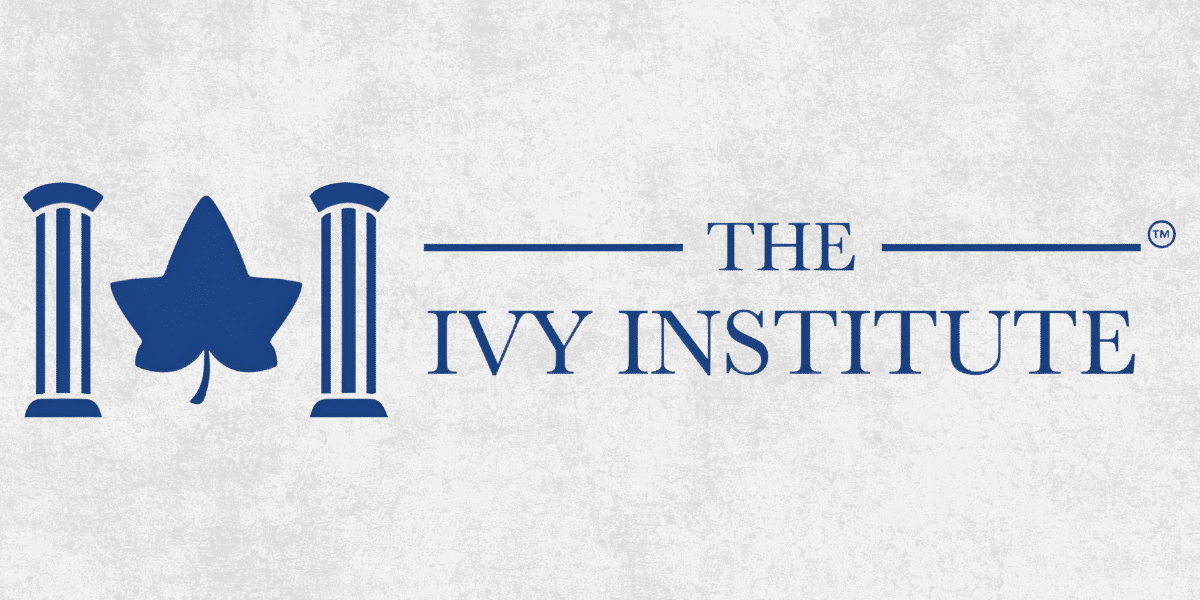Get ready to learn about the sneaky-but-effective science of nudge theory. It’s all about how tiny changes to how things are presented can have a surprisingly big impact on the choices we make – from how much we save for the future to the snacks we grab in the grocery store.
What the Heck is a Nudge?
Basically, a nudge is a gentle push in the “right” direction. It’s not about forcing someone to do something, or making certain options unavailable. Instead, it’s about tweaking the environment to make the better choice a little easier or more appealing.
Think of it like this: You’re in the supermarket, starving. Would you be more likely to grab a candy bar impulsively if it’s right by the checkout, or if they stocked the checkout aisle with fruit and nuts instead? That’s a nudge in action.
Nudge Theory in the Real World
Here’s where things get interesting – nudges are being used everywhere to influence our economic behavior:
Retirement Savings Supercharged: Many companies now automatically enroll employees in retirement savings plans. You have to actively opt-out, not opt-in. This little flip has massively boosted participation rates, helping people build wealth for the future.
Healthy Choices Made Easy: Some cafeterias are rearranging their food displays so the fruits and veggies are the first thing you see, and desserts are tucked away. Without even realizing it, people tend to load up on the healthier options.
- Portion Control by Design: Restaurants are experimenting with smaller plates and serving sizes. Turns out, when there’s less food in front of us, we eat less without feeling deprived.
- The Power of Defaults: Think about the organ donation check box on your driver’s license. In countries where it’s “opt-out” instead of “opt-in,” donation rates are way higher. Defaults matter!
Why Nudges Work So Well
Our brains take shortcuts. We often go with whatever’s easiest, the default option, or what seems like the “normal” thing to do. Nudges take advantage of these tendencies:
- Fighting Procrastination: We all intend to save more or eat better…eventually. Nudges remove those little barriers (having to sign up, actively seek out the healthy stuff) that our lazy brains use as excuses.
- Overcoming Information Overload: Too many choices can be paralyzing. A well-designed nudge points us towards the better option without making our brains explode.
- It’s Not About Force: Nudges preserve freedom of choice – you can still eat that candy bar if you truly want it! But they make it less likely you’ll do so on autopilot.
The Nudge Debate: Is It Manipulation?
Some people worry that nudges have a sinister side. After all, who decides what the “right” choice is? Here’s the thing:
- Transparency is Key: The most effective nudges are the ones we’re aware of. Knowing why something is set up the way it is helps us make informed decisions, not mindless ones.
- Good Intentions Matter: A nudge encouraging healthy eating is different than one designed to trick you into spending more money. Question the motives behind the nudge.
- Nudges Aren’t Perfect: They work best when we already kinda want to make the better choice, and they need just a little push. They’re not magic willpower bullets.
Nudges in Your Own Life
You can use nudge theory to your advantage! Here’s how:
- Set Smart Defaults: Auto-transfer money into savings on payday, so it’s done before you can spend it. Default phone background to your fitness goal for motivation.
- Your Environment is Key: Keep healthy snacks visible and within reach. Leave workout clothes where you’ll see them. Make better choices effortless.
- Remove Temptations: Unsubscribe from those store emails that tempt you to spend. Don’t walk down the junk food aisle if you know you’ll cave.
Nudge theory is a powerful reminder that our choices don’t happen in a vacuum. By understanding how nudges work, we can be savvier consumers, make better decisions for ourselves, and maybe even design our own environments to encourage positive habits.









